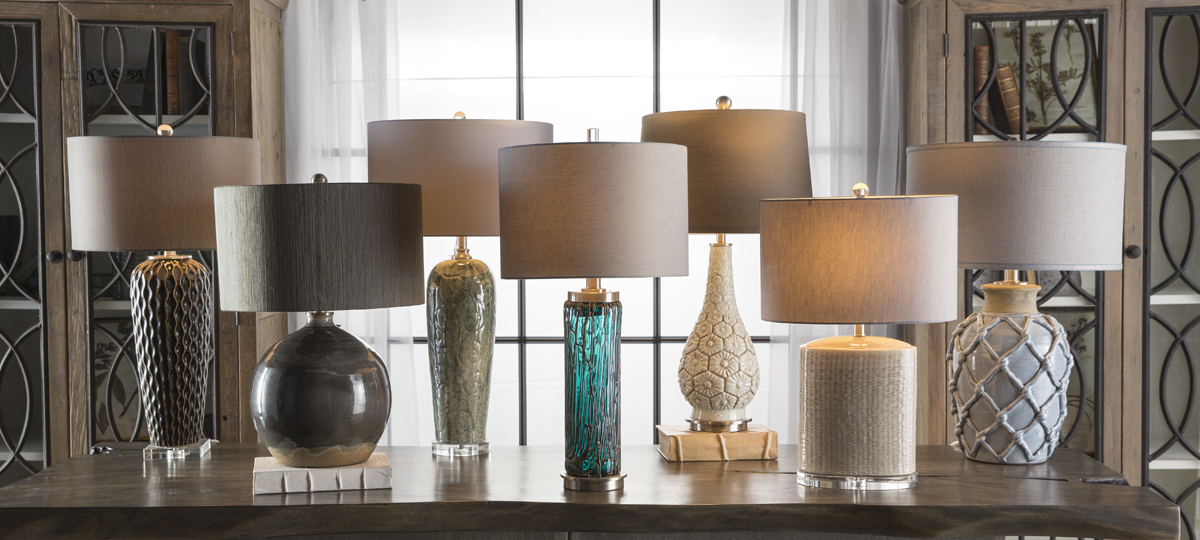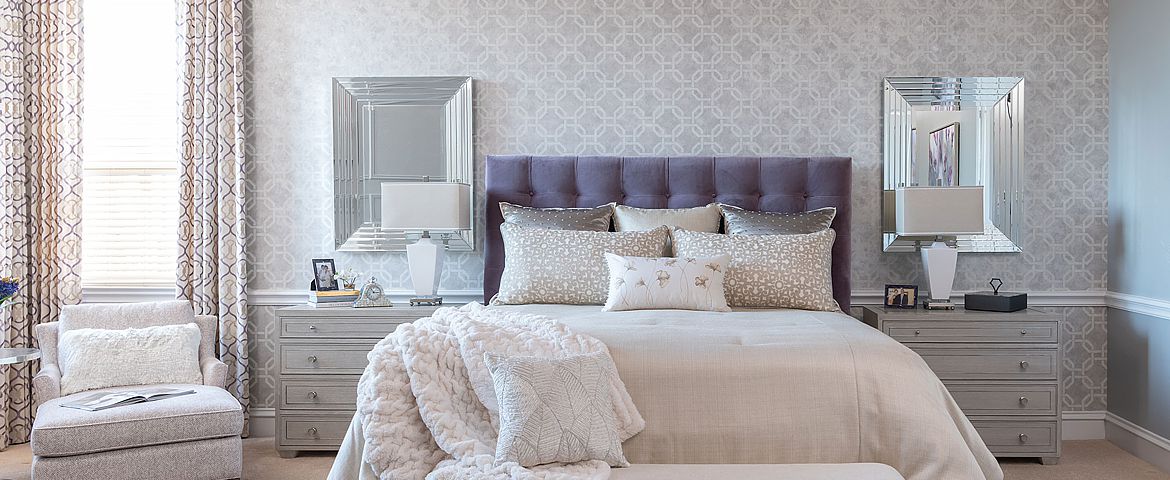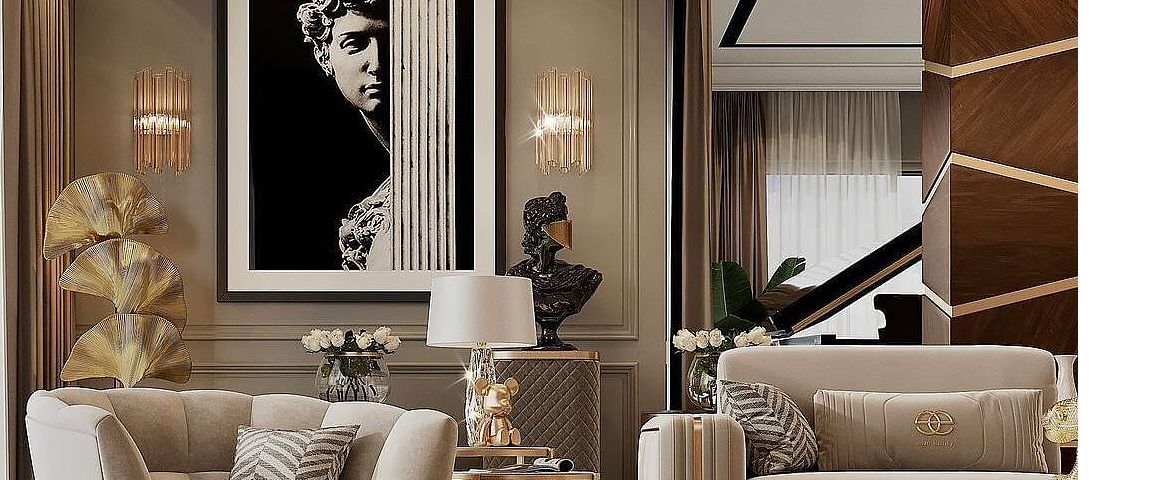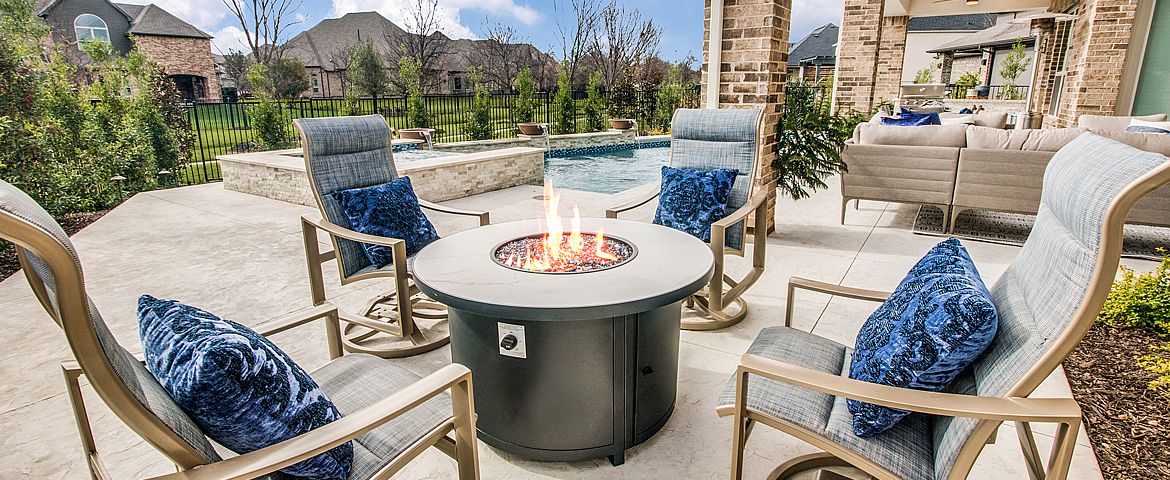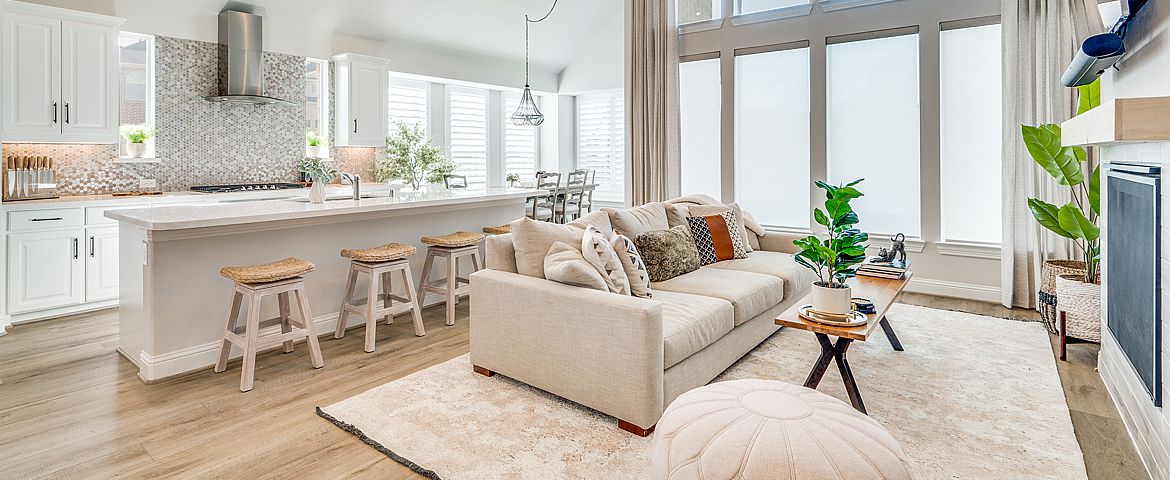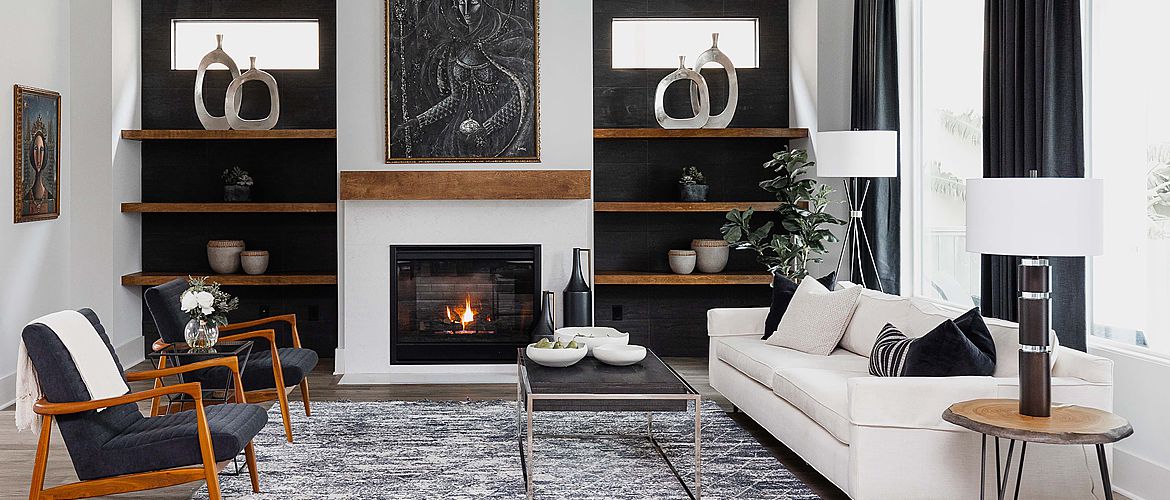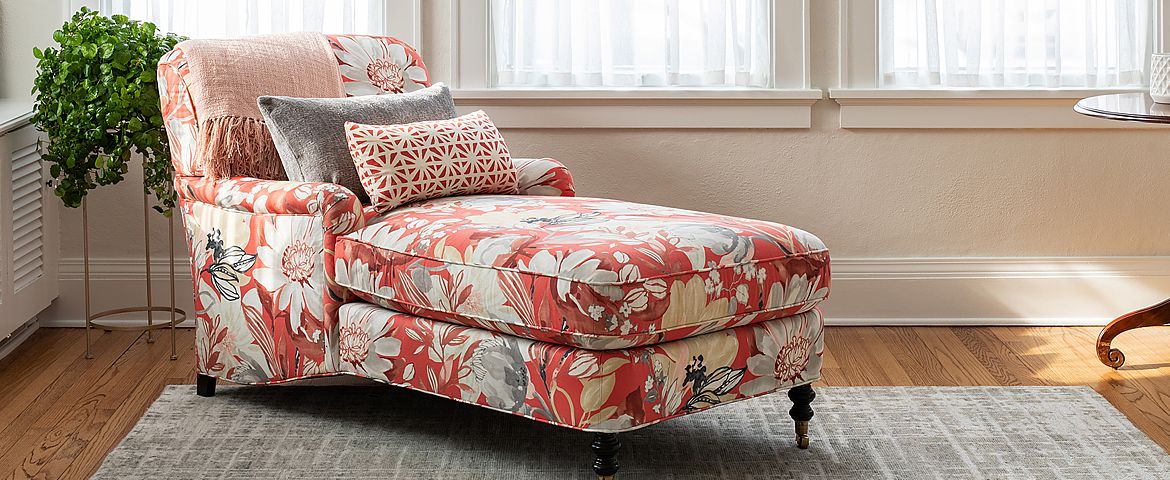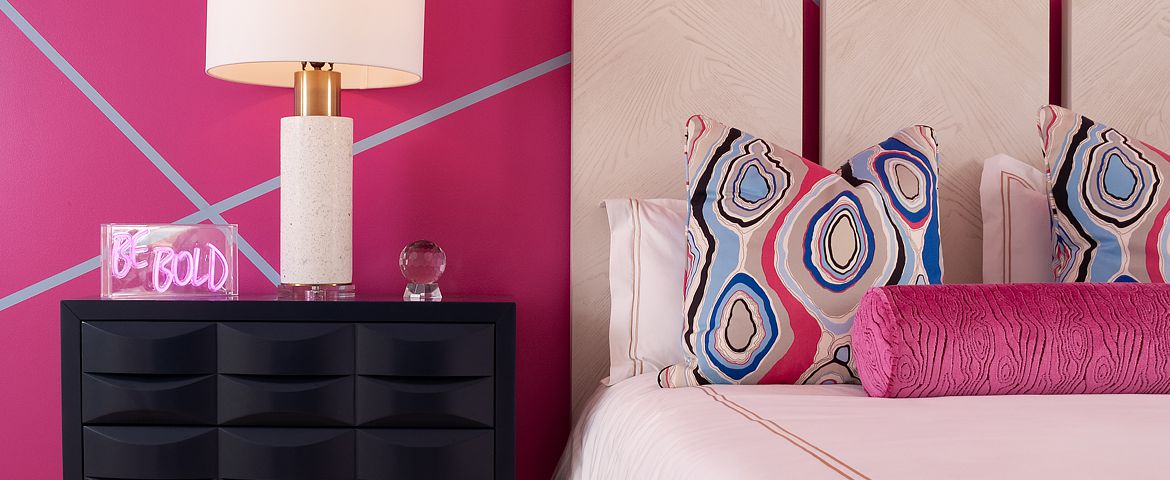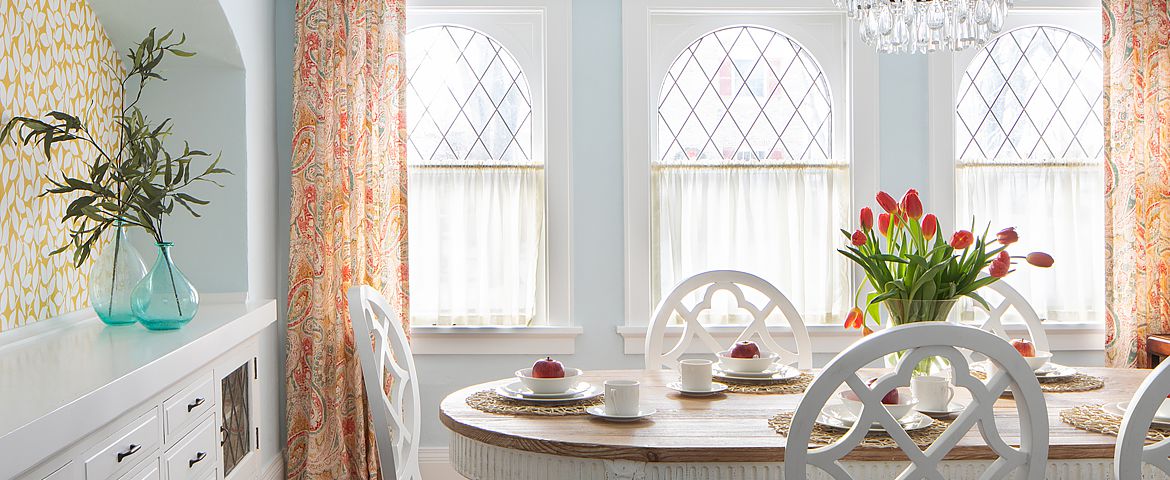As an interior designer my focus is usually inside but the thought of Spring pulls me outside like a moth is drawn to a flame, and I find my spirits lifting and immediately feel better. But we can’t always be outside so let’s focus a little on how we can improve our inside environment with fresh air and light.
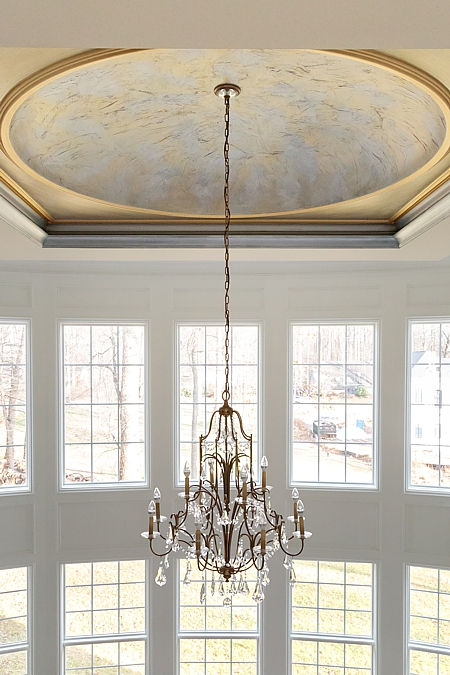 Fresh Air Inside and Out
Fresh Air Inside and Out
I am sitting writing on what is to be the warmest day so far this year and even though it’s early morning I have opened all the windows. Not only can I smell the fresh air coming in but now I can hear the birds too. A reminder that life is happening everywhere, even outside!
Some may say that they can’t go outside because of seasonal allergies but we often create far more allergic situations inside. It has been a known fact for some time that new homes are sealed tight so it stands to reason that we should be careful with our indoor air quality.
Here are a few things you can be doing now:
- Bring in a professional technician to check your central air system for leaking hoses, dirty air filters (you should change these at least quarterly if not more often) and to check if the system needs refrigerant. Regular maintenance will save money in the long run.
- If allergies are a concern, or if you suspect mold in your home, call an indoor air quality professional who can evaluate and assess your needs. You may not think this is necessary but according to the Environmental Protection Agency over fifty percent of illness is caused by indoor air pollution.
- Consider contacting an HVAC professional or environmental energy to run a home energy audit. This will show things like where you need insulation, if your windows are leaking, whether appliances are leeching power, and much more.
Natural Light
Clients often wonder why we insist on daytime appointments to see their homes for the first time. They’re thinking of having to leave work early and how inconvenient it is but to interior designers and decorators, lighting is one of the first things on our minds and we need to evaluate your home in daylight hours.
This important part of the design process happens at the same time as the floor plan is developed. You may have heard that a room needs several layers of light and if executed correctly a lighting plan will establish a warm and inviting atmosphere while simultaneously addressing specific needs for the tasks you wish to accomplish.
Some methods of increasing natural light into your home are more obvious such as by adding larger windows or skylights, but a cost effective way to achieve the same thing is by adding a solar light tube which slips between roof rafters and funnels sunshine down into the living space.
Reverse Your Rooms
During a recent project a client complained how her family room was very dreary with little natural light. It was truly a dismal room and only cheered up in the evening when it would suddenly become brightly lit and attractive due to a great lighting plan!
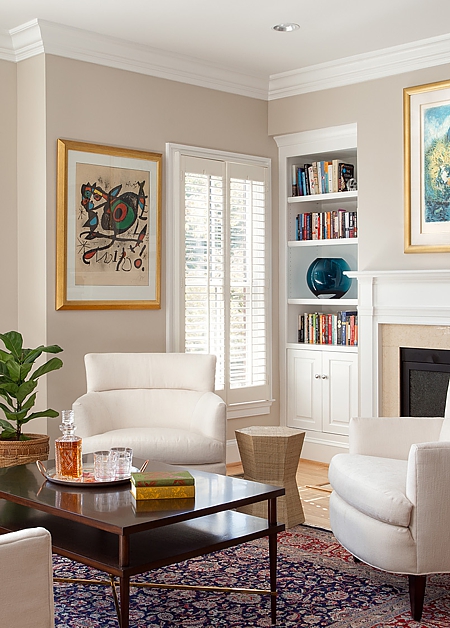 The solution was to swap with a bonus room over the garage that was only being used as a guest room. The best thing about the bonus room was that it has windows on two sides and gets light for most of the day. This simple change has made a huge difference and the client now has a light, airy family room with no need for artificial light during the day, and a darker bedroom where guests can lie in undisturbed.
The solution was to swap with a bonus room over the garage that was only being used as a guest room. The best thing about the bonus room was that it has windows on two sides and gets light for most of the day. This simple change has made a huge difference and the client now has a light, airy family room with no need for artificial light during the day, and a darker bedroom where guests can lie in undisturbed.
So coming back to the layers of light you need in your home and lets ask why we need multiple light sources. Lighting is generally broken up into three distinct layers; ambient, task and accent. These layers add depth and dimension to each room and are achieved with overhead or ceiling lights, wall lights or sconces, and table lamps. In addition, use specialty lighting for illuminating wall art, bookcases or statuary.
Artificial Light
To assess your needs write down all the ways you want to use the space and the tasks you want to accomplish such as reading, sewing, or doing homework. What is the room like in daylight? Are there dark corners? Does it work well at night? Draw up a rough floorplan with furniture placement and then mark where you think light is needed. Use it as a road map to produce multiple light sources that will give even light throughout the room and create a warm, comfortable environment.
If you are building a new home, work with your architect, builder or designer on the lighting plan well in advance of the actual construction as once walls have been dry walled it is an expensive exercise to retrofit additional lighting.
This Spring, really think about how you live and try for balance. Improve your lifestyle with additional lighting inside the home, ensure your HVAC system is working efficiently, but most of all make time to be outside enjoying natural sunlight and breathing fresh air.
Contact Decorating Den Interiors or call Kathy at (215) 412-9942 to find out how she can help you with your project.
Decorating Den Interiors proudly serves Montgomery County including Ambler, Audubon, Blue Bell, Collegeville, Eagleville, Hatfield, Lansdale, Lower Gwynedd, Lower Providence, Montgomeryville, North Wales, Schwenksville, Skippack, Souderton, Upper Providence, Worcester and Bucks County including, Chalfont, Doylestown, Newtown, Perkasie, Sellersville, Wrightstown, New Hope and surrounding areas! We also serve the community of Weyhill Estates in Center Valley.

